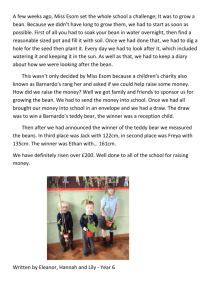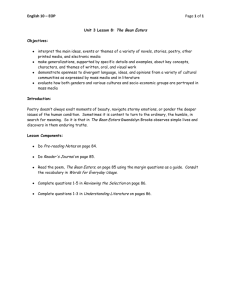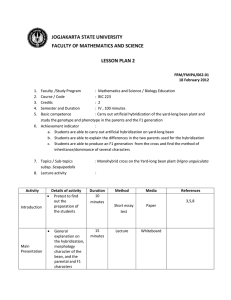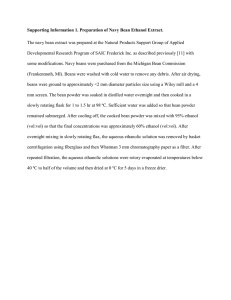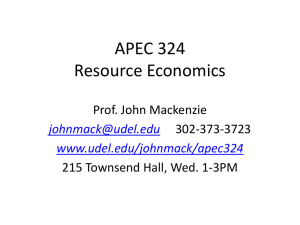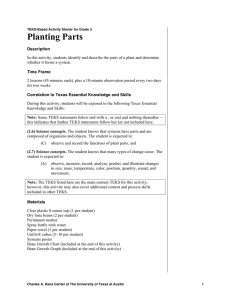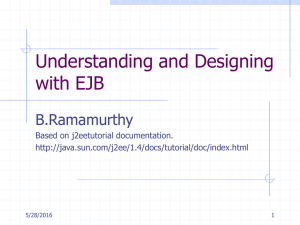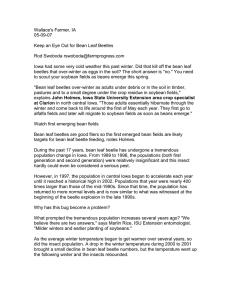Critical Reading at the College Level
advertisement
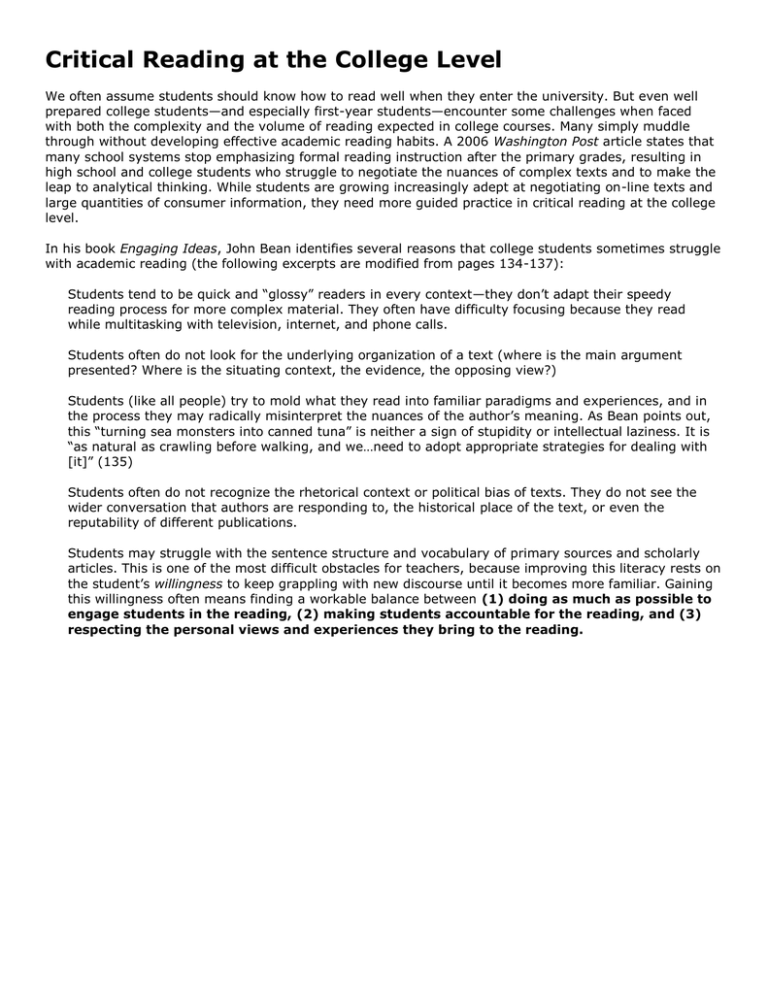
Critical Reading at the College Level We often assume students should know how to read well when they enter the university. But even well prepared college students—and especially first-year students—encounter some challenges when faced with both the complexity and the volume of reading expected in college courses. Many simply muddle through without developing effective academic reading habits. A 2006 Washington Post article states that many school systems stop emphasizing formal reading instruction after the primary grades, resulting in high school and college students who struggle to negotiate the nuances of complex texts and to make the leap to analytical thinking. While students are growing increasingly adept at negotiating on-line texts and large quantities of consumer information, they need more guided practice in critical reading at the college level. In his book Engaging Ideas, John Bean identifies several reasons that college students sometimes struggle with academic reading (the following excerpts are modified from pages 134-137): Students tend to be quick and “glossy” readers in every context—they don’t adapt their speedy reading process for more complex material. They often have difficulty focusing because they read while multitasking with television, internet, and phone calls. Students often do not look for the underlying organization of a text (where is the main argument presented? Where is the situating context, the evidence, the opposing view?) Students (like all people) try to mold what they read into familiar paradigms and experiences, and in the process they may radically misinterpret the nuances of the author’s meaning. As Bean points out, this “turning sea monsters into canned tuna” is neither a sign of stupidity or intellectual laziness. It is “as natural as crawling before walking, and we…need to adopt appropriate strategies for dealing with [it]” (135) Students often do not recognize the rhetorical context or political bias of texts. They do not see the wider conversation that authors are responding to, the historical place of the text, or even the reputability of different publications. Students may struggle with the sentence structure and vocabulary of primary sources and scholarly articles. This is one of the most difficult obstacles for teachers, because improving this literacy rests on the student’s willingness to keep grappling with new discourse until it becomes more familiar. Gaining this willingness often means finding a workable balance between (1) doing as much as possible to engage students in the reading, (2) making students accountable for the reading, and (3) respecting the personal views and experiences they bring to the reading. Strategies for Teaching Reading Talk about reading expectations your student may have in class. Many have done a very small amount of outside reading in high school classes, so invite them to talk about their concerns with you. Spend time at the helping students form active reading habits. Have them mark up their readings with a pen and look over annotations together. Encourage them to write questions in the margins and develop their own “feedback” strategies. Prepare students for the reading ahead of time by anticipating challenges and sparking interest in upcoming readings. Read difficult or central passages together and talk through how they should recognize signposts and interpret the material. Make your students accountable for the reading assignment. Ask if they’ve done the reading and discuss what they’ve read. As a homework assignment, consider having your student write reading summaries or frame statements. e.g. Jones and Smith differed in their beliefs about teen use of prescription drugs. Jones argued….Smith, on the other hand, believed…. (see Bean pg. 126) Resources: Bean, J. (2001). Engaging Ideas: The Professor’s Guide to Integrating Writing, Critical Thinking, and Active Learning in the Classroom. San Francisco: Jossey-Bass. McKeachie, W.J. & Svinicki, M. (2006). Teaching Tips: Strategies, Research, and Theory for College and University Teachers. New York: Houghton Mifflin.




